Sourdough Bread, Which Method is Best?
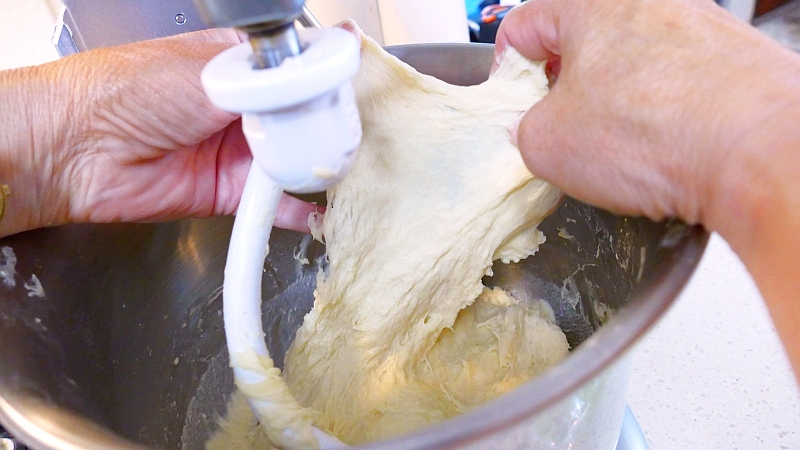
I’ve had people write and ask me which method is the “right or best” way to bake sourdough bread. That’s an easy question to answer because there is no one right way to bake sourdough bread. Baking artisan bread is like art, there are as many ways to create as there are bakers… or artists.
Bread baking has so many variables. Time, temperature, flour type, flour quality, water quality, humidity, starter, method, oven types, etc etc.
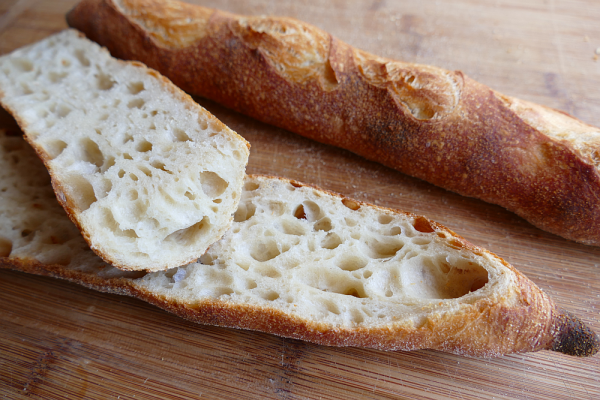
You can perfect one way of baking your sourdough and then go to someone else’s house and their starter will be different, their water and flour will be different, their oven will bake differently, their house will have a different temperature and humidity, their refrigerator might have a different temperature, if you retard your dough and they might even live at a different elevation. Your perfected method will most likely need some experimentation and tweaking to work at their house.
Then there is to autolyse or not to autolyse, how many times to fold the dough, do you use a mixer or your hands? Will you retard your dough first or later on or use double hydration? Are you making a high hydration or a low hydration dough?
Is your flour weak or strong? Do you have a high quality flour or a low quality flour? Is your flour high in enzymes or low? Are you using whole grains, all purpose flour, bread flour or a blend? You might even be using a non-gluten flour. Is your flour fresh or old and out of date? Is it rancid? Do you plan on grinding your own flour or are you stuck with old out of date flour? A finely ground flour will make it easier for the gluten to bond than a coarsely ground flour. So flour fineness makes a difference too.
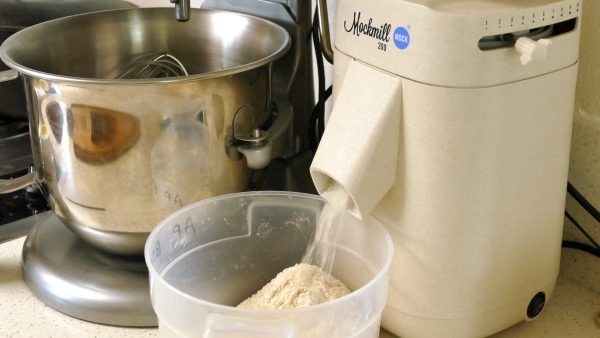
Then there is water. Water varies everywhere. There is acidic water, alkaline water, hard and soft, filtered and tap water etc. All types of water can affect your dough. Salt also affect your dough (learn more here).
Do you want a long fermented dough or a short one? Are you aiming for a soft bread or a chewy bread with a crisp crust? Do you want to bake a sweet bread or a savory? Do you plan on using any dough modifiers or inclusions? If you are planning on making a brioche or laminated dough you need to have a different plan for how well developed your gluten is than if you want to make a quick bread, like a cranberry walnut tea loaf.
Not even to mention what type of bread you want to bake, baguettes, boule, batard, ficelle, rye, quick bread, dessert bread, flat bread (there is almost no end to this list).
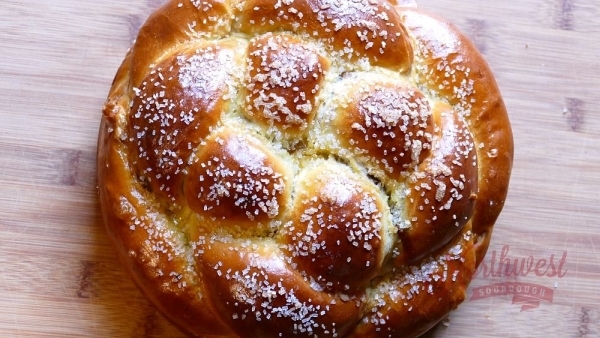
There are almost as many ways to shape loaves as there are bakers. There are also as many methods to make bread as there are bakers. You can learn from every baker. See Baking Skills.
Some formulas will not use an autolyse perhaps because the baker has weaker flour or is in a warm environment so the baker might choose to protect the gluten by skipping the autolyse. At times you may want a very long fermented dough so as to modify the gluten and make it easier to digest for those who might have digestion issues. You may do a long retard to gain the extra flavor a long cool retard will help impart to your bread. A baker might choose a long warm ferment to obtain a sharper flavor. Your dough may benefit from many folds or only one fold during the process. You may prefer folding dough, using a mixer, laminating dough, using the coil folding method or the no knead method.
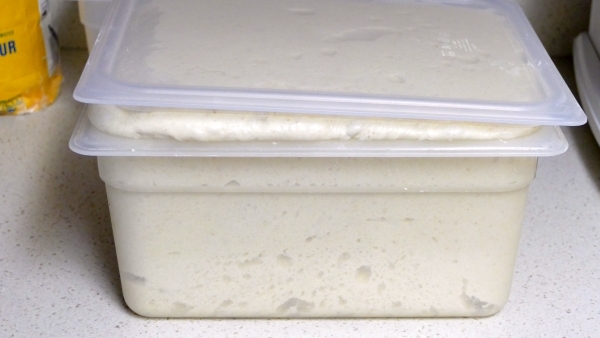
Your sourdough starter could be any hydration, high, low, very high, very low. It might be young, old, unfed, whole grain, white flour, fed often, neglected, sweet, made only with flour, with fruit or even with potatoes. You might have a sourdough starter that peaks at four hours or twenty hours. You may want to use a neglected starter and leave your dough for a very long time to ferment or use a vigorous starter to keep your process more consistent.
Your baking process might take six hours or a week. You may opt to use a starter, pre-ferment, a hybrid process or no yeast at all. You will need a lower inoculation of starter for a long fermented dough than a short fermented dough. You will usually need a lower inoculation for a warm ferment than a cold ferment (but not always).
There are so very many variables. There is no “one right way” to make bread. This certainly can be confusing to the new baker. So where do you start?
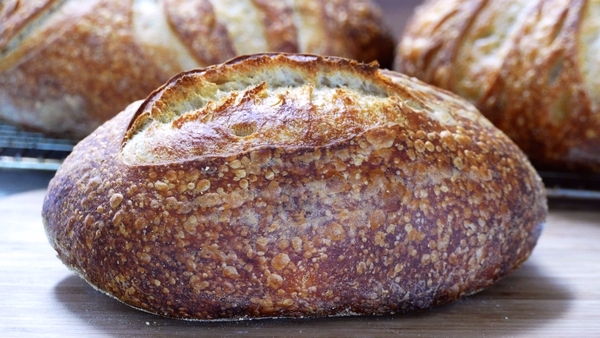
Do a lot of reading and investigate as many different methods as you can. At the same time, choose one method to start with and stick with it until you understand it, even if you fail several times. When you’ve mastered the one method, don’t be afraid to try other methods. Learn from as many different bakers as you can, but only try one at a time until you feel you’ve learned enough to master the method.
After you’ve mastered the method, don’t be afraid to experiment and never feel bad if you fail. Every failure is an opportunity to learn. Here is a method that follows a somewhat standard way for making sourdough, it is a good first loaf to test your new sourdough starter: Sourdough Test Loaf.
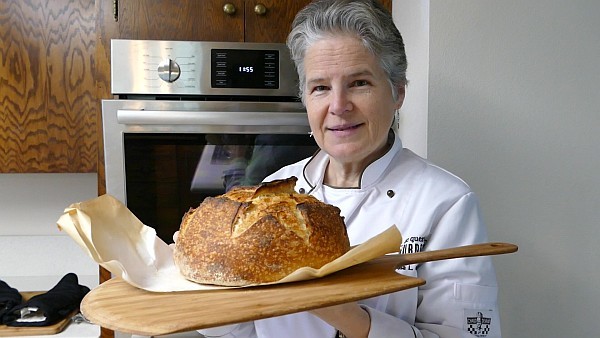
If you wish hands on learning, see if you can find a local baking class or an online video course. There are also many books available to learn many various methods of baking. This site, The Baking Network, has many formulas, methods, instructors and a selection of video courses. If you are interested, find out more information HERE.
You can also follow other bakers on Instagram, Youtube and the many blogs available online. If you wish to post your Instagram, Youtube channel or blog in the comments below this blog post, please do.
Most of all, have fun baking!


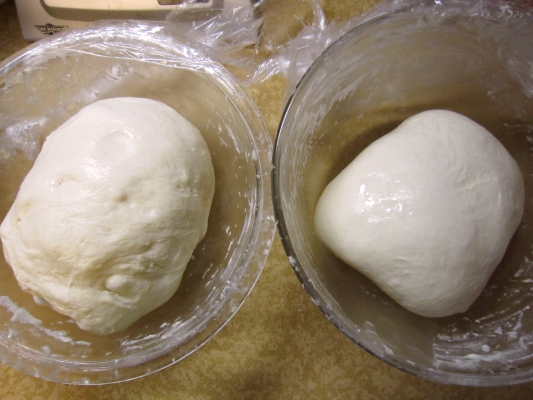
Responses